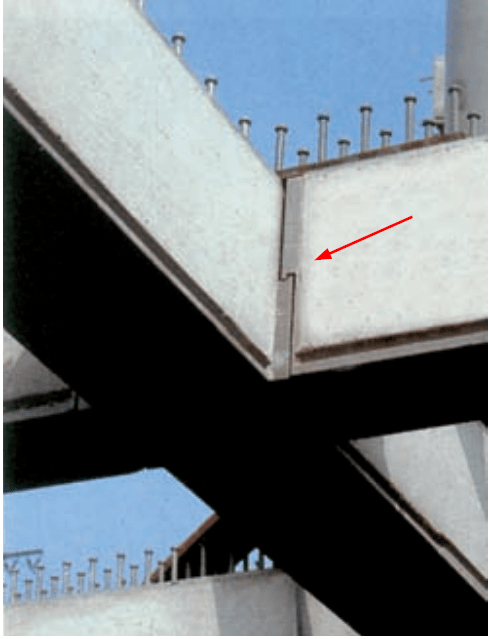user277418
Structural
- Jul 11, 2017
- 86
Hi
I were wondering for a long time what is the most efficient way to model/design a steel beam with full depth end plates in regard to total assembly length tolerance? EU steel code states that fabrication tolerance is +/- 1 mm for a beam with end plates for full contact bearing. I have always modeled/designed the beams 2 mm shorter to avoid issues with installation. The way is definitely ok for small end plates (i.e. the connection transfers modest bending moments if any at all), but for full depth end plates which need to transfer full bending moment I am having doubts. I understand that columns have their own erection tolerances either. And if all the tolerances sum up unfavorably then it may lead to a sufficient gap between the end plates and columns. So it is kind of dilemma.
Do you design such beams to exact length or make some account like I do?
Best regards
I were wondering for a long time what is the most efficient way to model/design a steel beam with full depth end plates in regard to total assembly length tolerance? EU steel code states that fabrication tolerance is +/- 1 mm for a beam with end plates for full contact bearing. I have always modeled/designed the beams 2 mm shorter to avoid issues with installation. The way is definitely ok for small end plates (i.e. the connection transfers modest bending moments if any at all), but for full depth end plates which need to transfer full bending moment I am having doubts. I understand that columns have their own erection tolerances either. And if all the tolerances sum up unfavorably then it may lead to a sufficient gap between the end plates and columns. So it is kind of dilemma.
Do you design such beams to exact length or make some account like I do?
Best regards

![[smile] [smile] [smile]](/data/assets/smilies/smile.gif)
